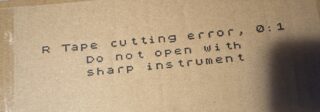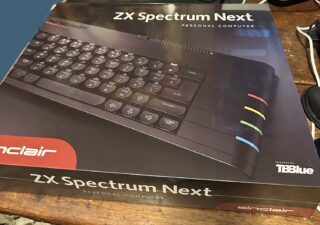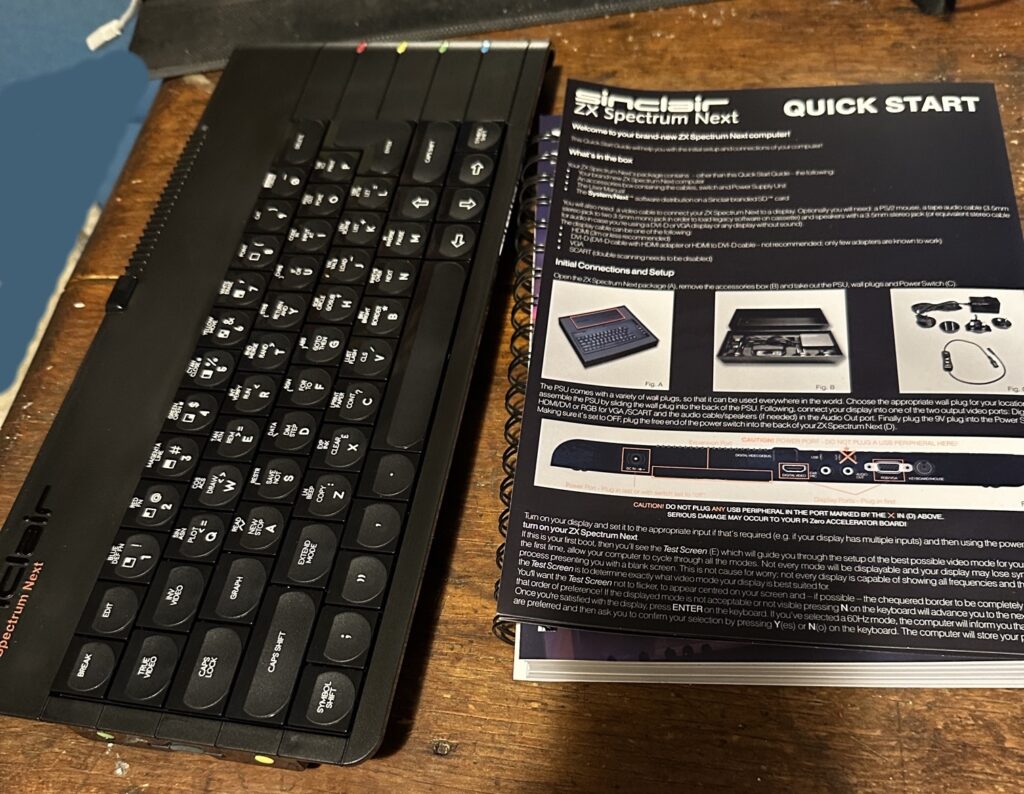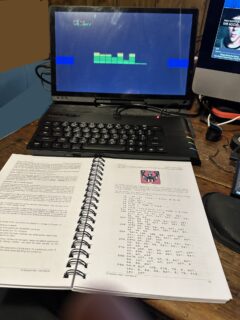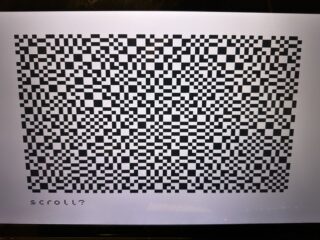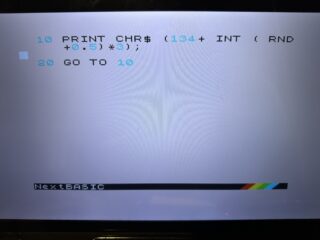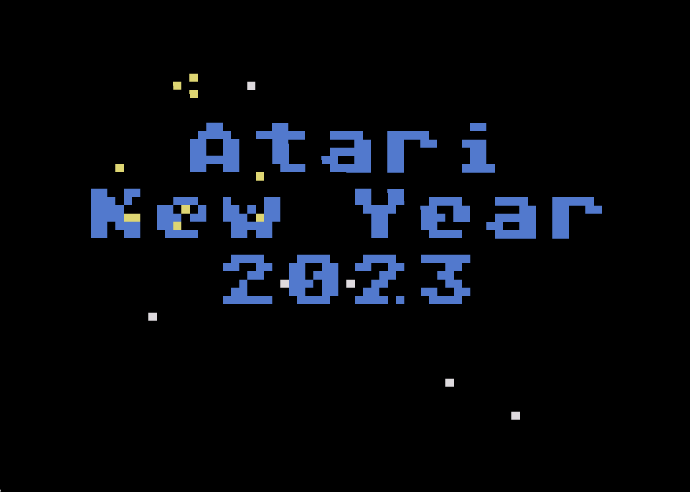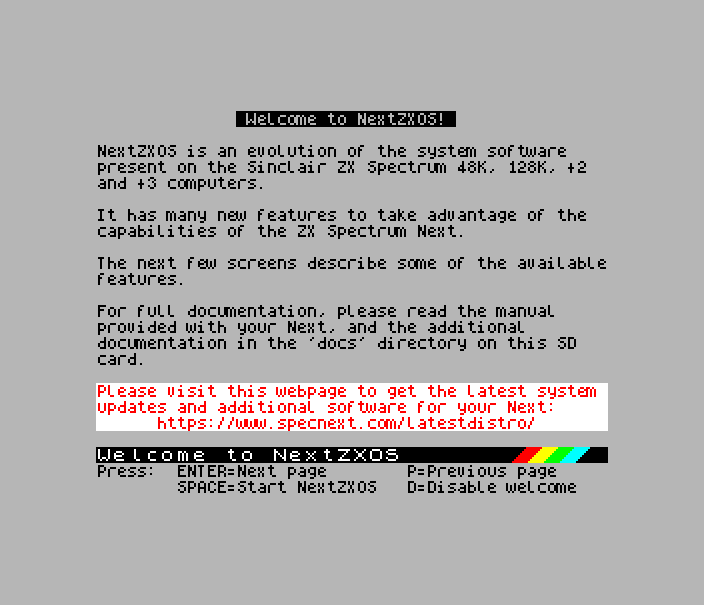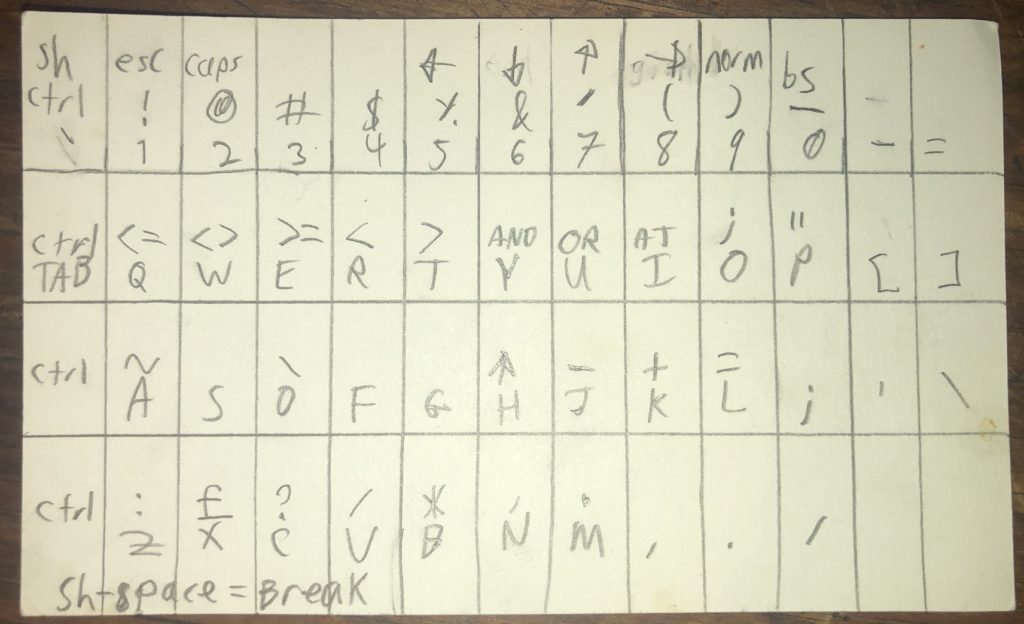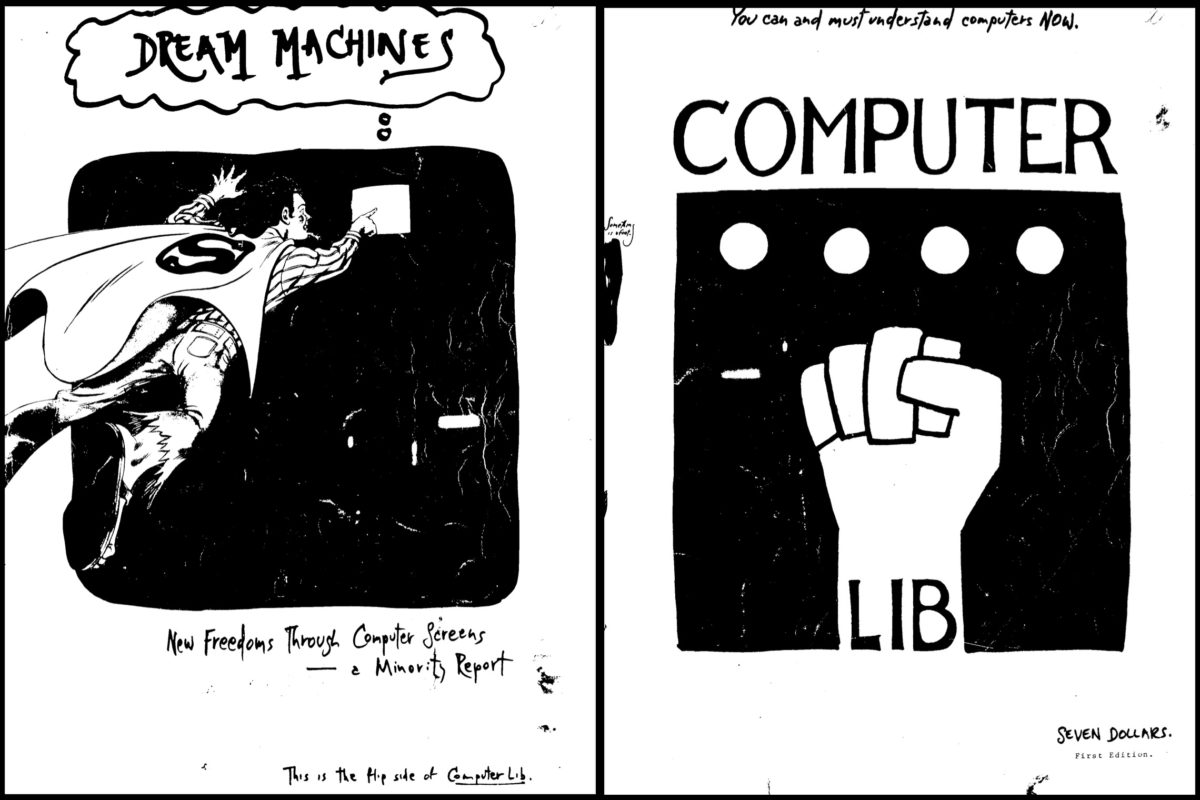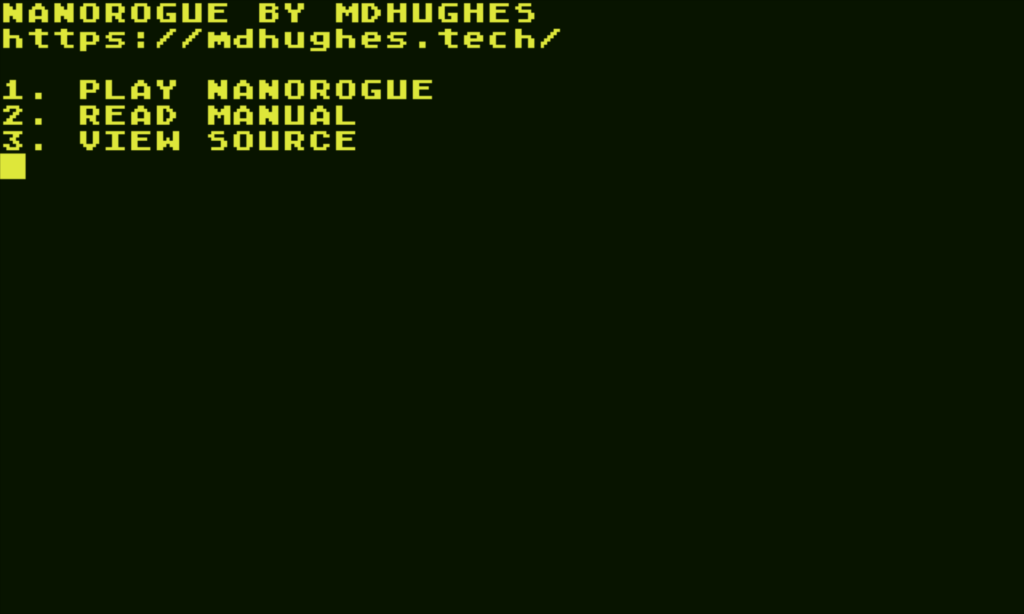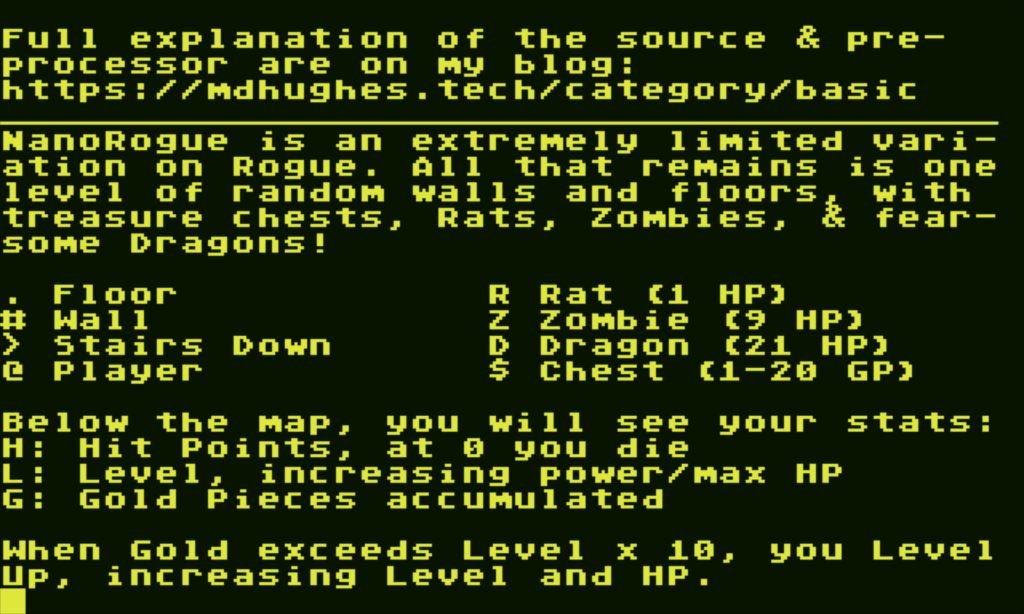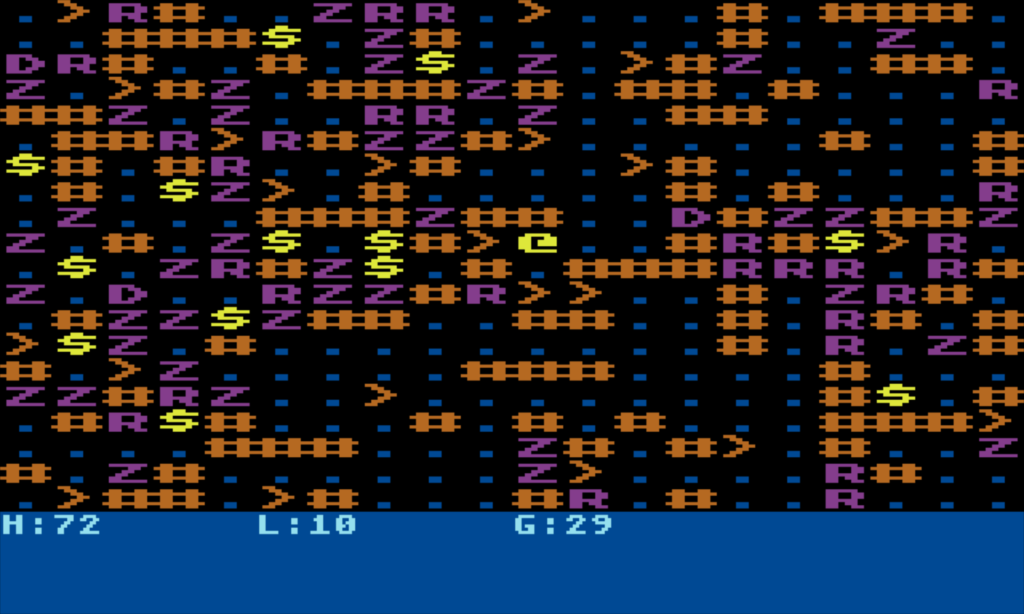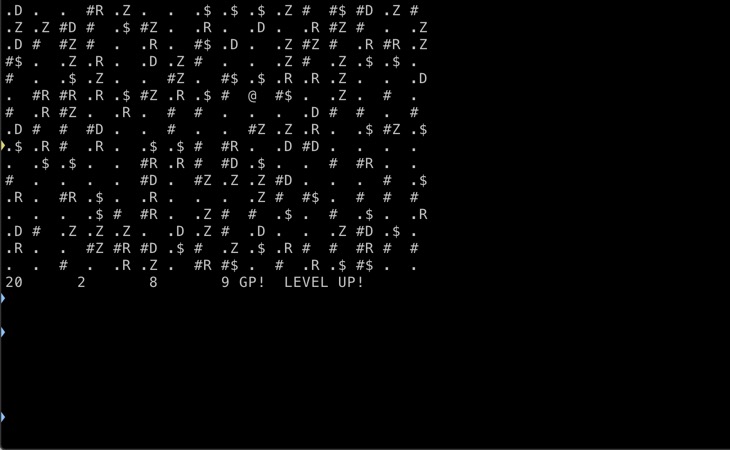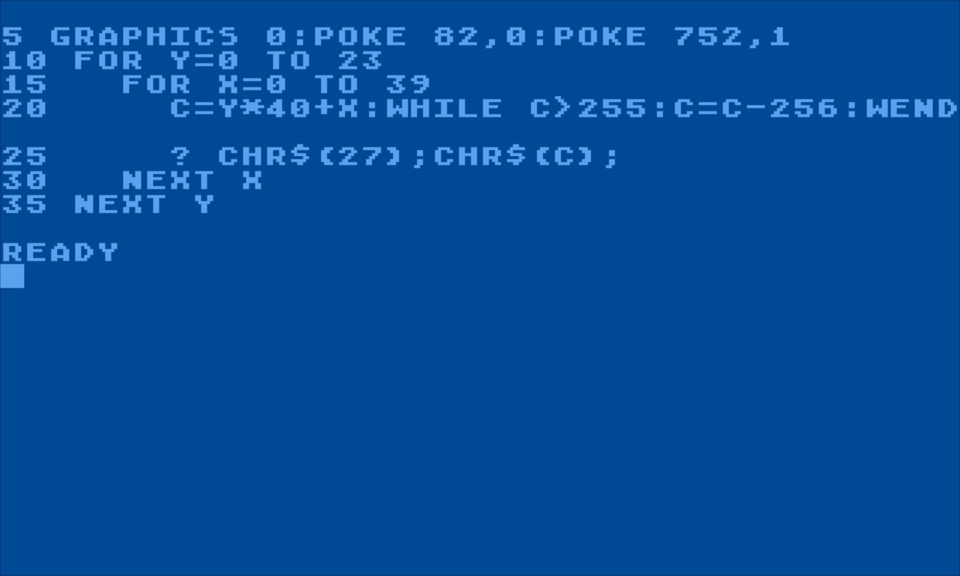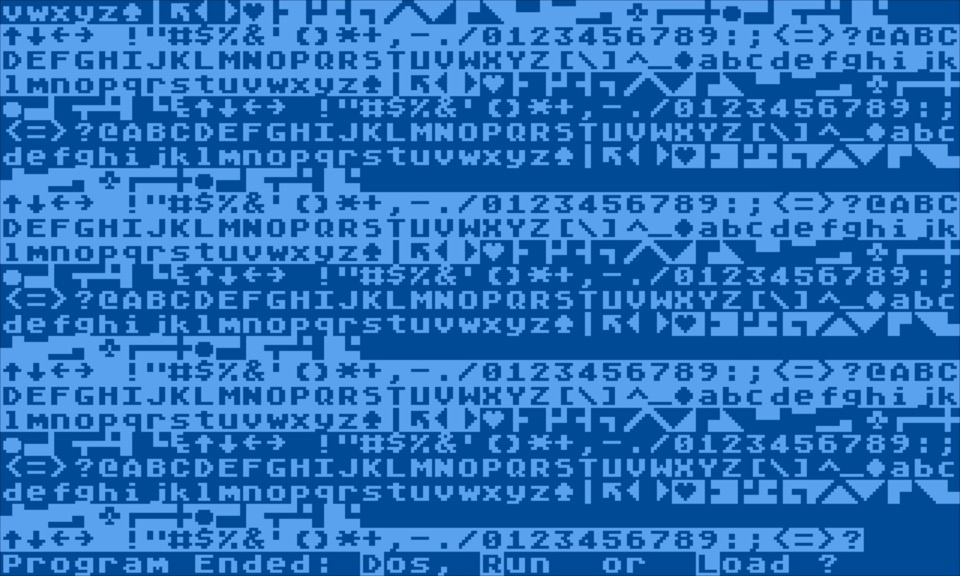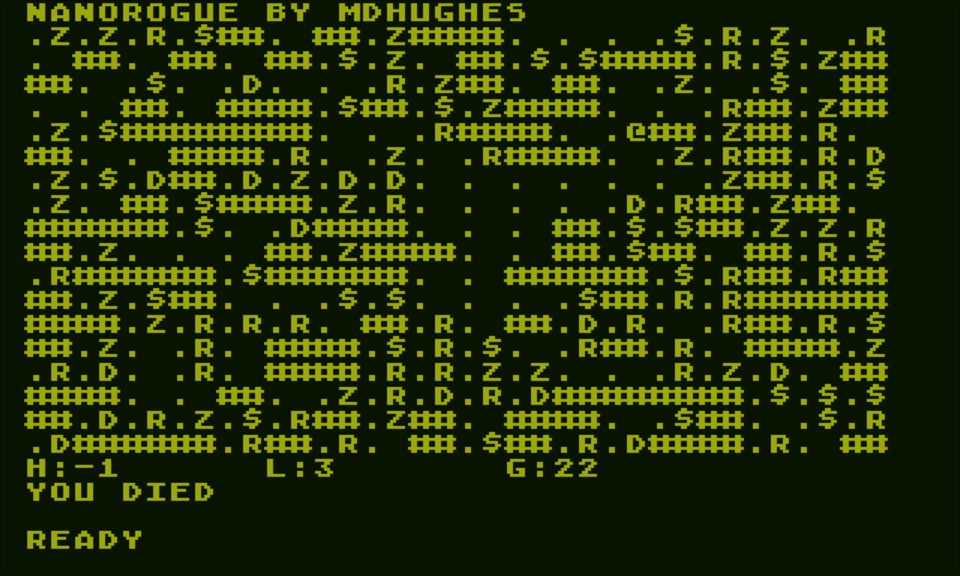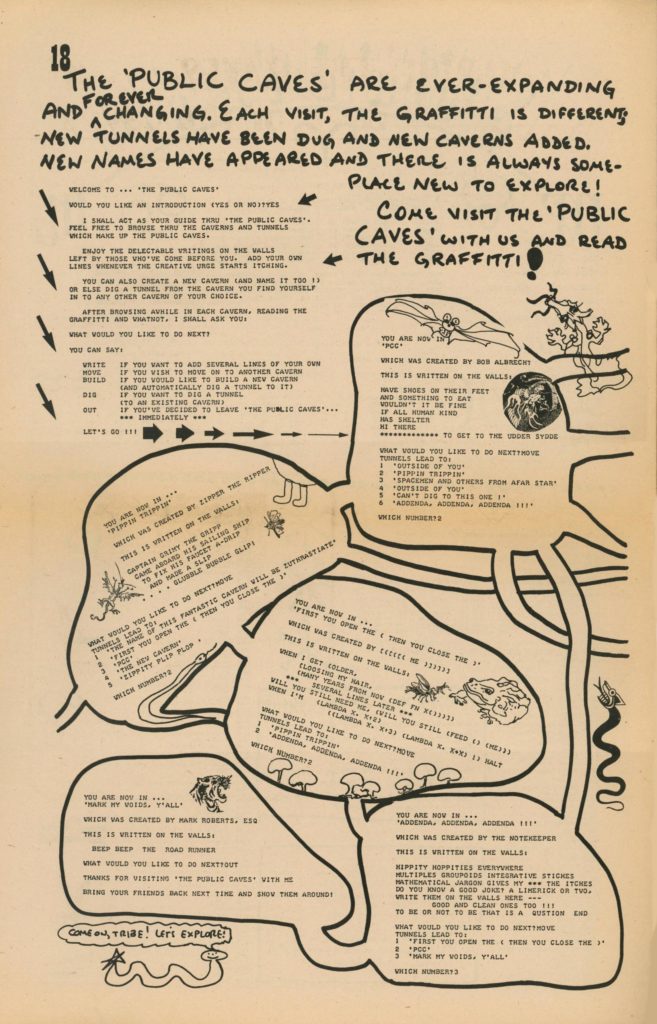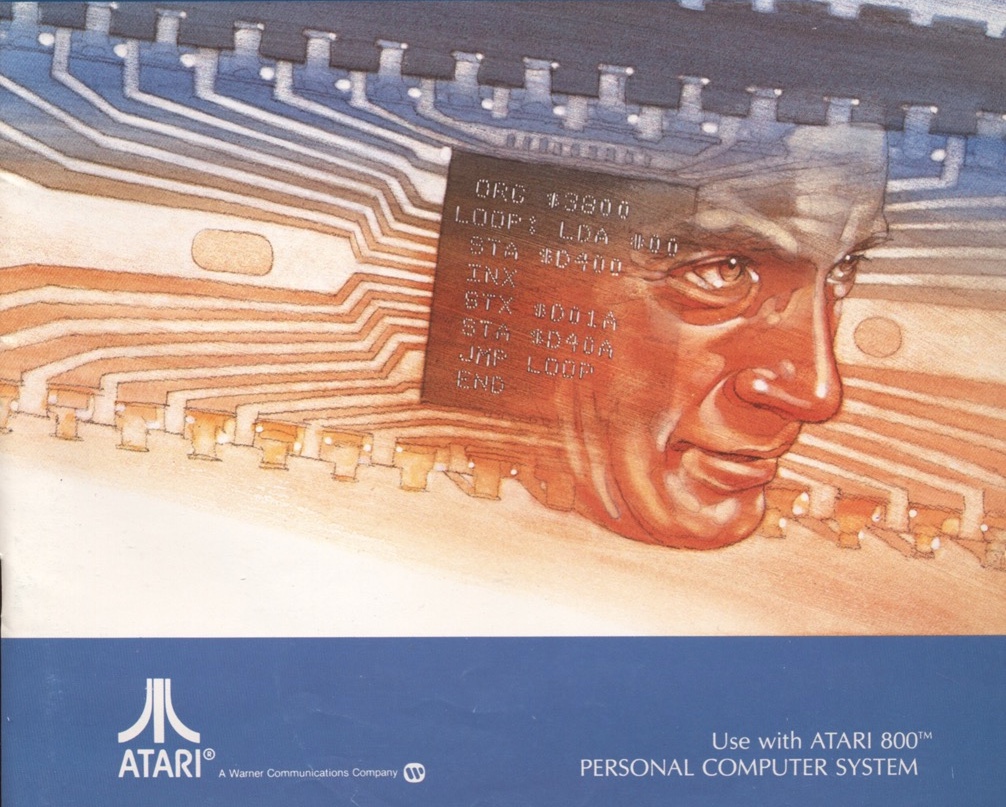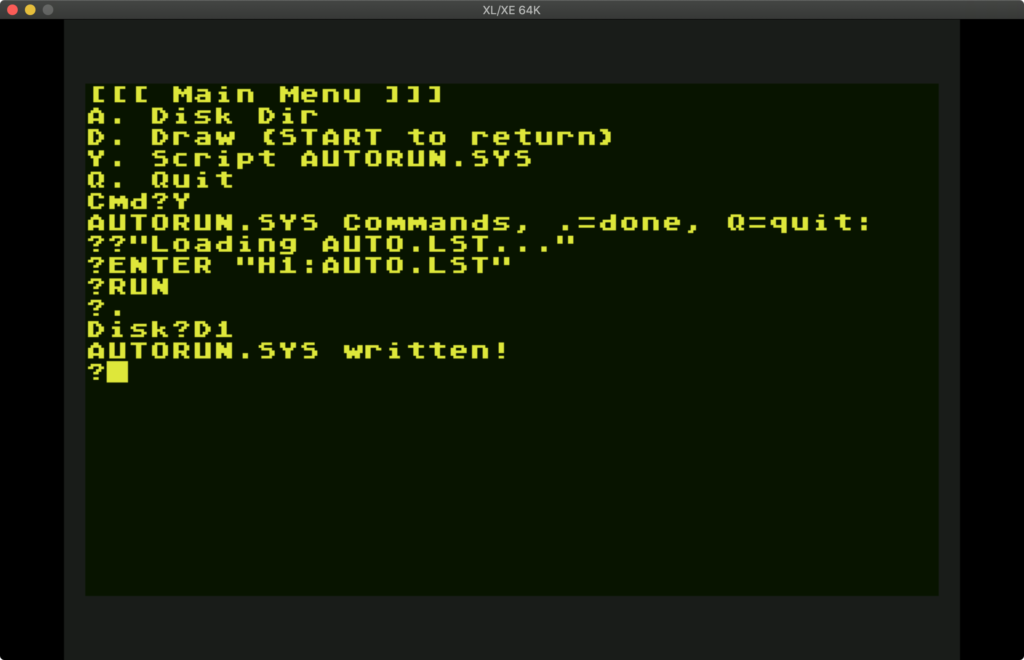Backed this in Sep 2020. After 3.5 years of of antici…
…
…
…
…
… pation, I finally have my SpecNext release 2!
I don't have it set up in its final location in the living room yet, so it's replaced my side terminal on my desk. Ideally I'd like to have a classic computer hutch desk, medium LCD instead of CRT, and a slightly janky '80s-style plush office chair to recreate the 1984 experience.
The box has a universal power brick with 4 national connectors that lock in, very nice. It doesn't have an HDMI cable, and I had some shenanigans with a bad cable in the wrong storage, but finally found a good one.
Played some baSnake and tried the demos, then down to some BASIC, starting with 10 Print Had to find the charset in the manual, and I always forget ZX BASIC doesn't really need args or parens.
10 PRINT CHR$ (134+INT(RND+0.5)*3);
20 GO TO 10
Playing more stuff from the browser, IT RUNS Z5 FILES NATIVELY!!! Just shove your Infocoms etc. in there and hit Enter. I got a new standard text adventure player!
The keyboard's fine for me, but some people will immediately hook up a PS2 keyboard. The key travel's short but very crisp. The layout's mostly OK, nice big spacebar, but it really should've moved the ;",. keys over to the right, so you have something besides ENTER under your pinky on home keys. I'm perpetually typing off by one column because of this.
In BASIC, there's no shortcut commands like ? or P. for PRINT, which means I'm very very tired of typing PRINT … PRINT … PRINT. But at least it's not like the classic ZX81 keyboard, with keywords on every key. My left pinky is getting a bit worn out from symbol-B for *, symbol-L for =, etc.
Videogame controls are weird:
- Consoles: normal Joystick/D-Pad/Analog sticks, ^ O X [] buttons.
- Most 8-bit computers: normal Arrows or HJKL, sometimes IJKL
- All recent computers: normal WASD
- Spectrum: unusable QA or 2W up/down, OP or 90 left/right, M to fire. Needless to say, I did NOT beat NextIPEDE with this control scheme.
So I got a knockoff Genesis ("MegaDrive" to some) controller, which has worked perfectly. See Joystick FAQ
Looking into NextBASIC, the manual is fantastic. 318 pages, spacey cover art, super technical. Hundreds of pages on graphics, sound, using the ZXOS. There's a section on IN/OUT ports, registers, a hardware diagram if you want to replace the RasPi module or something. I still need to read more Z80 ASM from another book, but everything short of that is in here.
- Physical manual in their shop, but sold out. 1st ed PDF manual can be downloaded, but there's a lot of changes. Apparently KS2 manual is coming.
- Enormous pile of ZX Spectrum books & magazines at Internet Archive; these '80s-90s books won't take advantage of SpecNext upgrades, but they're still useful.
- ZX Spectrum Games Code Club
I've got the real-time clock and wifi working (note: only AP names without spaces!), but haven't figured out how to uplaod/download from it yet. Uh, that's important. I can pop the SD card and get files when I back up, but I'd like to use the wifi.
I have from a couple years ago, quite a bit of a text dungeon game developed on emulator, but I'll rewrite some of the code now with new features (optional LET command! Better loops, locals, and "static"/private vars!), and the graphics now to use tiles at least, or first-person if I'm feeling ambitious.
Haven't even looked at the CP/M core, which I think will be very exciting, having a good CP/M machine in the modern age. I see Gary Kildall on Computer Chronicles every so often and I miss what could've been.
I'm calling it now: Best computer of 2024 is a 28MHz Z80 with 2MiB RAM.
